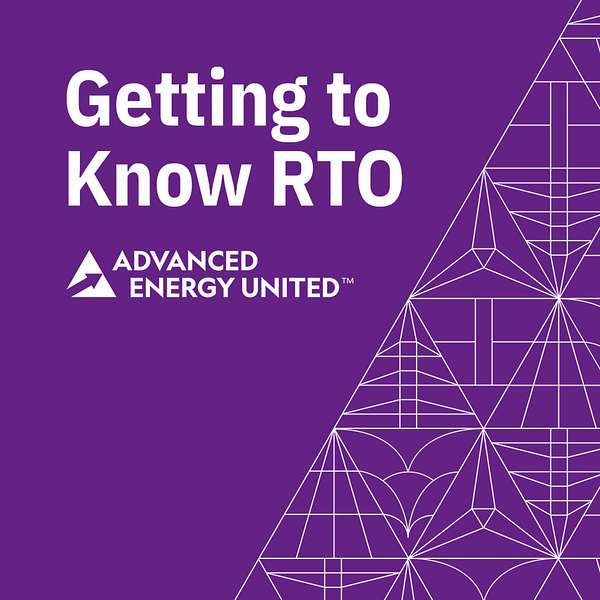
Getting to Know RTO
Families and businesses across the West are feeling the burden of high energy costs. At the same time, we’re dealing with the effects of increasingly extreme weather events, meaning more stress on our energy grid from hotter and colder temperatures, wildfires, hurricanes, and more.
But even as we face similar challenges, the West still operates like a series of energy islands. This type of fragmented grid makes it harder to keep the lights on and prevent blackouts — and it’s also more expensive.
So what can policymakers do to make our energy more reliable and more affordable? How can states work together to meet the energy needs of millions of electricity customers all across the western United States?
Experts and advocates weigh in about a potential three-letter solution to the West’s power woes.
Getting to Know RTO
How an RTO can help bring cleaner, more reliable, lower-cost energy for California
As our energy demands continue to grow, state leaders need to focus on what a grid of the future will look like for California. This will likely involve working with our neighbors in the West to build a cleaner, more reliable, and more affordable energy transmission system.
In this episode, Amisha Rai, Vice President for Policy and Advocacy at Advanced Energy United, and Michael Wara, Director of the Climate and Energy Policy Program and a senior research scholar at the Stanford Woods Institute for the Environment, talk about what a sustainable regional approach to solving these looming power issues could look like with the help of an RTO.